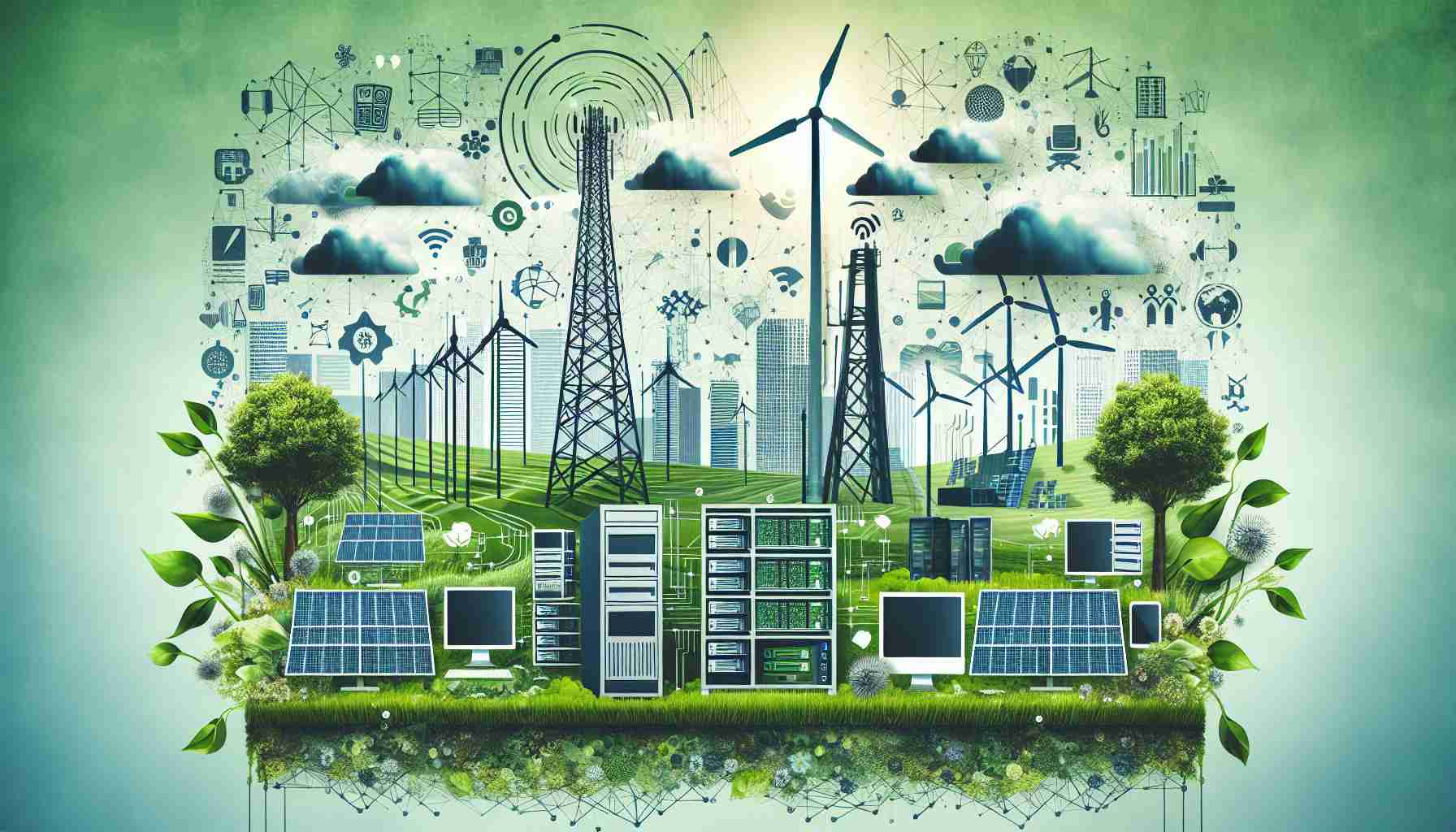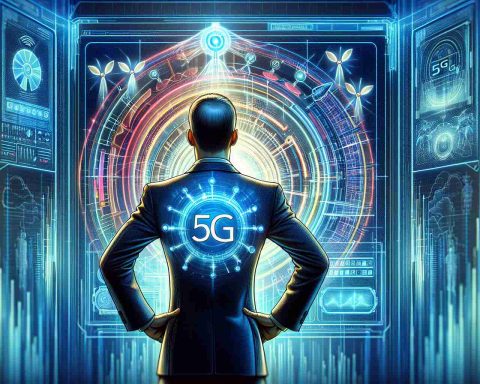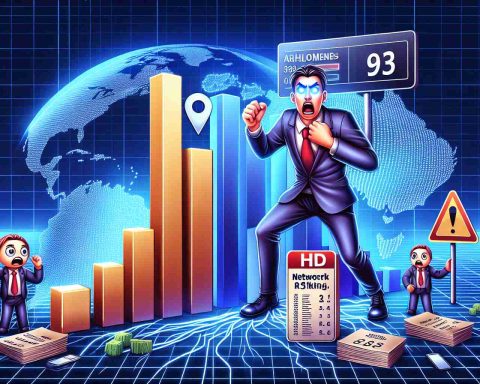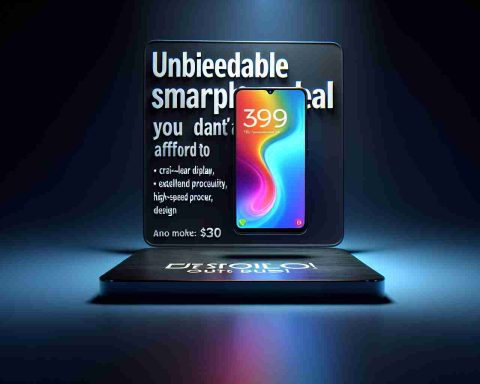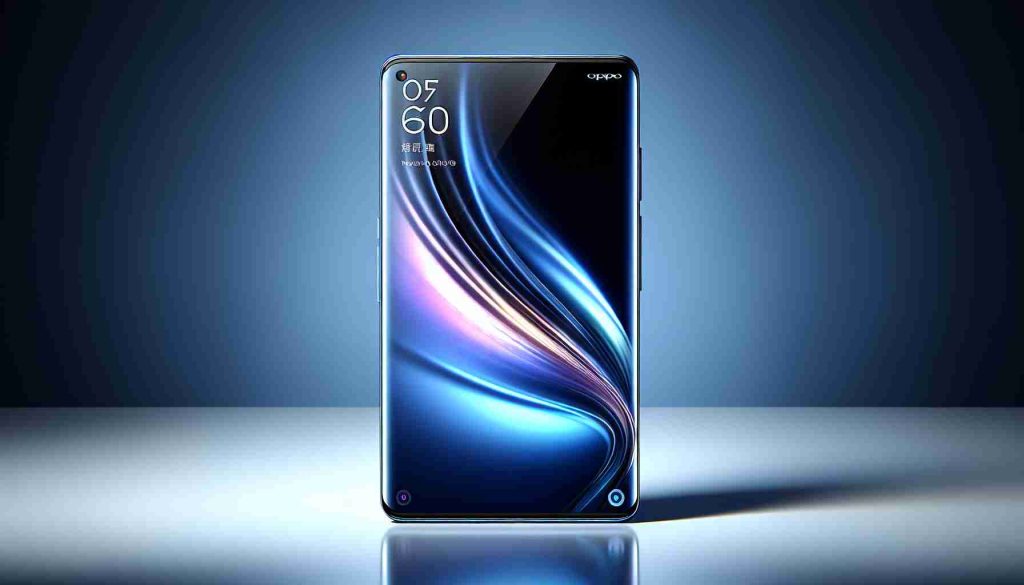The telecom industry is undergoing a significant transformation as it seeks to shift from fossil fuels to greener energy sources. Fang Liangzhou, Vice President of Huawei Digital Power, emphasizes the growing instability of power systems that support critical telecom infrastructure, such as data centers and key telco sites. However, this transition presents an opportunity for telcos to contribute to the universal drive for carbon neutrality by adopting new technologies and solutions for sustainable energy consumption.
Telcos currently account for 1% to 2% of the world’s total energy consumption, and Mr. Fang highlights the role they can play in reducing their environmental impact. One approach is to improve site energy efficiency, aiming to increase it from the current 80% to an impressive 97%. In the case of data centers, reducing the Power Usage Effectiveness (PUE) rating from the average of 1.5 to 1.15 can significantly enhance energy efficiency.
To further advance the green ICT agenda, operators can also participate in the power market. Installing solar photovoltaics (PV) to power base stations and data centers can help maximize the use of renewable energy sources. Currently, only 1% to 2% of sites utilize PV technology, but Huawei predicts that by 2030, approximately 20% of sites will have integrated solar PV systems. Additionally, implementing battery storage systems in central offices and data centers can balance the grid, ensure peak sharing, and provide greater frequency reserves.
While renewable energy sources offer vast potential, they also introduce new challenges. The grid becomes less stable with the inclusion of weather-dependent energy sources like wind and solar power. Fluctuating demands from electric vehicles exacerbate the grid’s instability compared to the predictable demands of activities such as steel or car manufacturing.
To address these challenges, virtual power plant (VPP) functionality can play a crucial role. By utilizing battery facilities in central offices and data centers, VPPs help balance the grid. Huawei’s VPP solution combines the VP aggregation platform, the VP Intelligent gateway, and the intelligent VP lithium battery. This comprehensive approach allows Huawei to optimize battery usage at individual sites or collectively balance energy demand across the grid environment.
Data centers face additional hurdles due to the complex demands of AI computing, which require expanded capacity, increased reliability, and higher density. Huawei addresses these challenges with converged power systems, distributed cooling, and modular deployment. The converged power system integrates input from the grid, generator, and uninterruptible power supply (UPS) to reduce footprint and power loss while improving reliability. Their distributed cooling system maximizes effective cooling while reducing the Power Usage Effectiveness (PUE) to 1.15 without impacting the overall data center cooling infrastructure.
Huawei’s commitment to fusing digital and electronics technologies has positioned them as leaders in delivering innovative solutions. By utilizing digital technologies and predicting factors such as weather patterns, Huawei enables PV generation with minimal power wastage. Their prowess in combining these technologies empowers telcos to drive the sustainable revolution and unlock the full potential of green ICT.
In conclusion, the telecom industry is embracing green ICT solutions to drive the transition towards sustainability. Telcos have a crucial role to play in reducing their energy consumption and environmental impact. By embracing technologies such as solar PV and battery storage, operators can contribute to a more stable and efficient power grid. Huawei’s innovative solutions, including virtual power plants and converged power systems, empower telcos to navigate the evolving energy landscape and create a greener future for the industry.
FAQ Section:
1. What is the telecom industry’s goal regarding energy consumption?
The telecom industry aims to shift from fossil fuels to greener energy sources and reduce its environmental impact.
2. How much of the world’s total energy consumption is accounted for by telcos?
Telcos currently account for 1% to 2% of the world’s total energy consumption.
3. How can telcos improve site energy efficiency?
One approach to improve site energy efficiency is to increase it from the current 80% to an impressive 97%. For data centers, reducing the Power Usage Effectiveness (PUE) rating from the average of 1.5 to 1.15 can significantly enhance energy efficiency.
4. How can telcos maximize the use of renewable energy sources?
Telcos can install solar photovoltaics (PV) to power base stations and data centers. Currently, only 1% to 2% of sites utilize PV technology, but it is predicted that by 2030, approximately 20% of sites will have integrated solar PV systems.
5. How can telcos address the challenges introduced by renewable energy sources?
Telcos can utilize virtual power plant (VPP) functionality to help balance the grid. Huawei’s VPP solution combines the VP aggregation platform, the VP Intelligent gateway, and the intelligent VP lithium battery to optimize battery usage and balance energy demand.
6. What challenges do data centers face in terms of energy consumption?
Data centers face challenges in terms of expanded capacity, increased reliability, and higher density due to the complex demands of AI computing.
7. How does Huawei address these challenges?
Huawei addresses these challenges with converged power systems, distributed cooling, and modular deployment. The converged power system integrates input from the grid, generator, and uninterruptible power supply (UPS) to reduce footprint and power loss while improving reliability. The distributed cooling system maximizes effective cooling while reducing the Power Usage Effectiveness (PUE) to 1.15 without impacting the overall data center cooling infrastructure.
8. How does Huawei empower telcos to drive the sustainable revolution?
Huawei utilizes digital technologies and predicts factors such as weather patterns to enable PV generation with minimal power wastage. Their innovative solutions, including virtual power plants and converged power systems, empower telcos to navigate the evolving energy landscape and contribute to a greener future for the industry.
Key Terms:
– Telecom industry: Refers to the sector involved in providing telecommunications services.
– Fossil fuels: Refers to energy sources such as coal, oil, and natural gas that are derived from ancient organic materials.
– Carbon neutrality: Refers to achieving a balance between the release of carbon dioxide and the removal of carbon dioxide from the atmosphere, resulting in zero net carbon emissions.
– Telcos: Abbreviation for telecommunications companies or operators.
– Data centers: Facilities that house computer systems and components such as servers, storage, and networking equipment.
– Power Usage Effectiveness (PUE): A metric used to assess the energy efficiency of data centers, calculated by dividing the total energy used by the IT equipment by the total energy used by the entire data center facility.
– Solar photovoltaics (PV): Technology that converts sunlight into electricity using solar cells.
– Battery storage systems: Devices that store electrical energy for later use, typically using rechargeable batteries.
– Virtual power plant (VPP): A system that connects multiple decentralized energy resources, such as batteries and solar panels, and manages them as a single entity to provide power to the grid.
– Converged power systems: Power systems that integrate input from multiple sources, such as the grid, generators, and uninterruptible power supplies (UPS), to enhance efficiency and reliability.
– Green ICT: Refers to Information and Communications Technology (ICT) solutions that are environmentally friendly and promote sustainability.
Suggested Related Links:
– Huawei
– Green IT
– International Energy Agency – Energy Efficiency
The source of the article is from the blog portaldoriograndense.com
